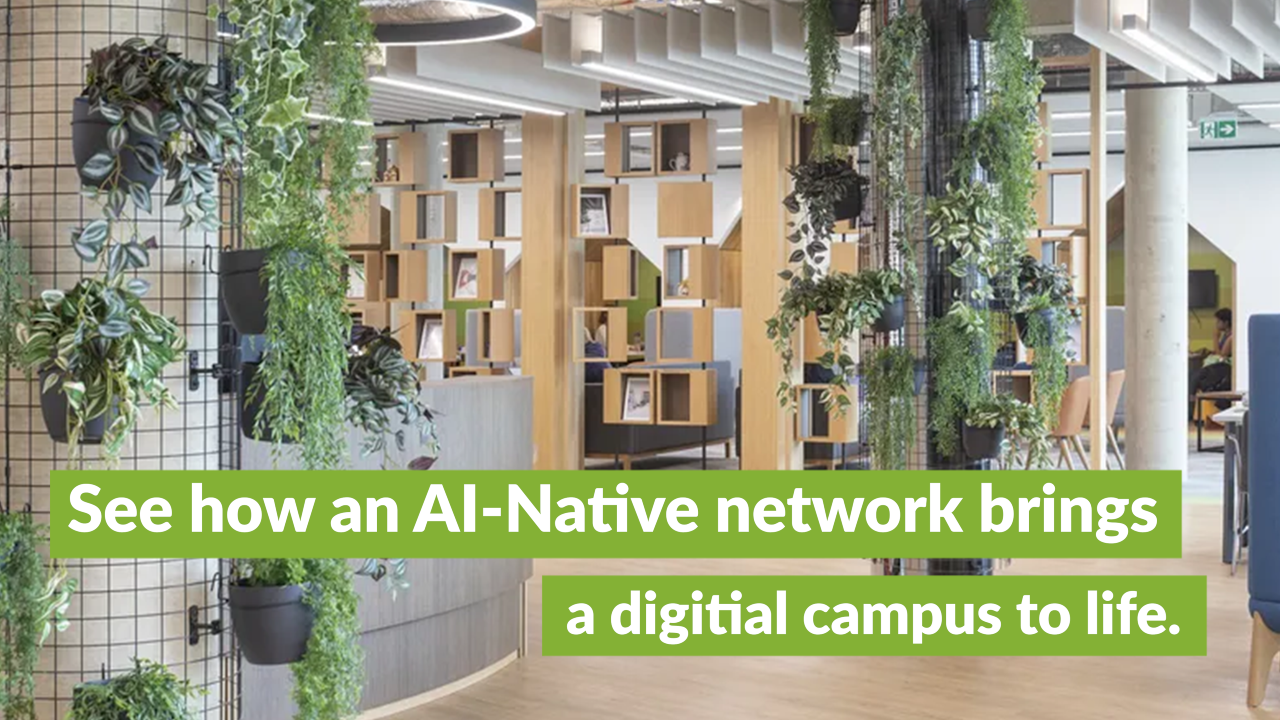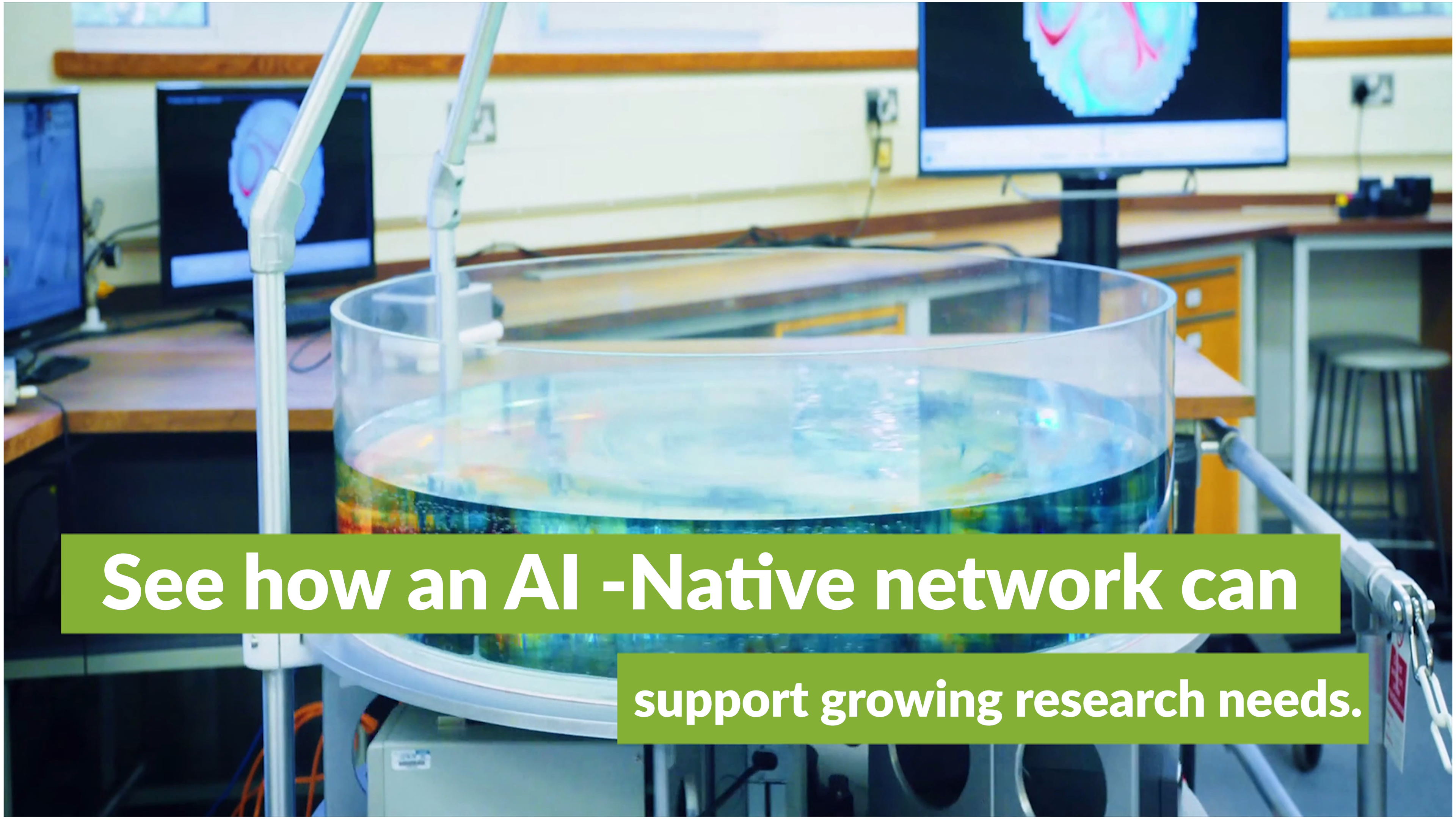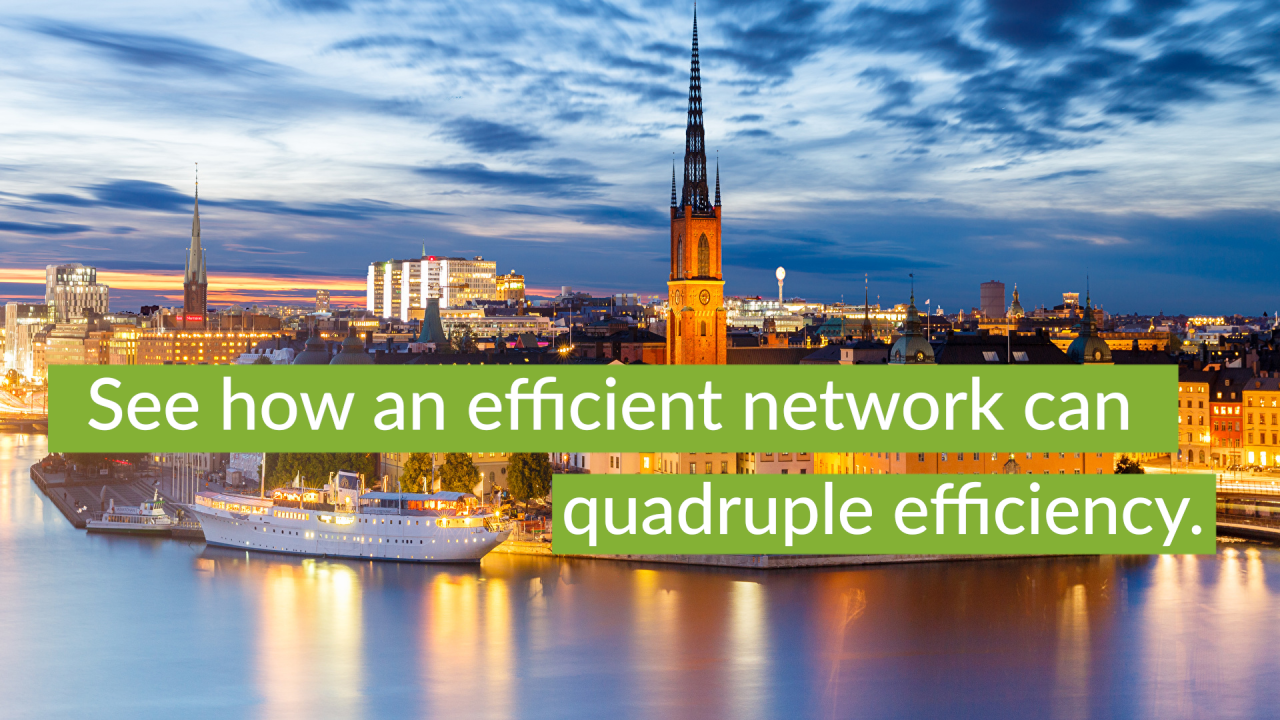The City of Las Vegas Expands Its Smart City Network With Juniper Networks

Las Vegas is a smart city leader, thanks to its network powered by Juniper Networks Mist AI.
Smart city networks can be a game-changer for residents and visitors alike. See how the city of Las Vegas is leveraging Juniper Mist AI™ to drive innovation with their smart city 5G network that serves city government, public schools, and tourism.
You’ll learn
How Juniper Mist AI enables network engineers in Las Vegas to scale up and pivot quickly as network needs change
How automation features found in Mist AI make network engineers job easier
Who is this for?
Transcript
0:03 I like to think that we're one of the leaders, you know, in the entire country when it comes
0:06 to some of the things that we're doing, You know, with IOT and Smart cities, we have a
0:09 CIO that's just kind of a visionary and has really taken, you know, the city of Las Vegas
0:13 from being known as a place where you come to gamble and where you're leveraging casinos
0:18 to really being a smart city leader and being an innovation leader.
0:21 The strategic advantage for us in using AI & analytics is that we have cameras that are
0:25 deployed in a lot of our intersections.
0:26 We're able to do things with traffic and telemetry and take a look at cars.
0:29 And we can identify people who are walking the wrong way on the street.
0:32 We can also identify people who are in a car that are going the wrong way.
0:35 And so as we continue to move forward, where does all that data go?
0:38 We’re able to aggregate some of that data across different platforms.
0:41 But knowing that we have a platform and something like Mist that can do AI, that continues to
0:46 advance in the cloud as our situation changes or as we need to ingest data from different
0:50 sources, or maybe we want to start processing that data differently,
0:53 And the fact that it's built on a microservices type of architecture where as that continues
0:58 to grow and as it continues to expand, new features can be added.
1:01 ultimately having the infrastructure built on the back end from a network engineering
1:04 standpoint where I can offload that if I need to, it's very compelling
1:07 I can have the ability to ship some of that data up and off to the cloud.
1:11 We can scale up very, very quickly, we can pivot, we can move, and we can really leverage
1:14 smart city technology.
1:16 And so with that, you need a platform that you can build all of that on, that you can
1:20 expand very quickly, and that as you're deploying the equipment, you want to be able to take
1:24 configurations and apply that across the board.
1:26 And so, all of that needs to have a solid backbone that can scale.
1:30 And that's where the Juniper Solution comes in, along with the ability to leverage telemetry
1:33 through AI.
1:34 The flexibility that I have to deploy things to bring things up at scale because of the
1:38 CLI and some of the things that it can do and how it's built on Linux it's it's made
1:42 networking a lot more fun because there were things that I wanted to
1:45 be able to do over here and over here that I couldn't do that.
1:47 You just kind of get used to not doing, but with Juniper because of the CLI, because of
1:52 how those things work and how it's built, I can do some of those things now.
1:55 So I feel really good about the solution going forward.
1:58 I'm continuing to try to get more Juniper equipment in my environment and I have less
2:03 fear because it's a unified CLI across everything.
2:07 For me, being the network engineer for all of the IOT network and for, you know, all
2:11 these different innovation initiatives that we're doing and being there by myself, being
2:15 able to leverage automation and some of those things very quickly in a way I couldn't do
2:18 before has been a big improvement.






























